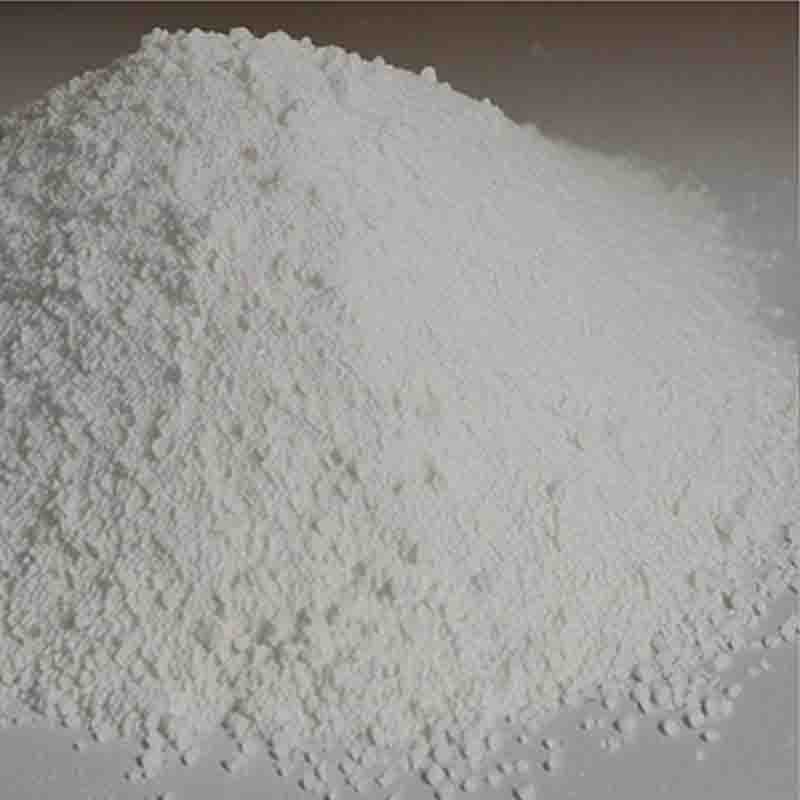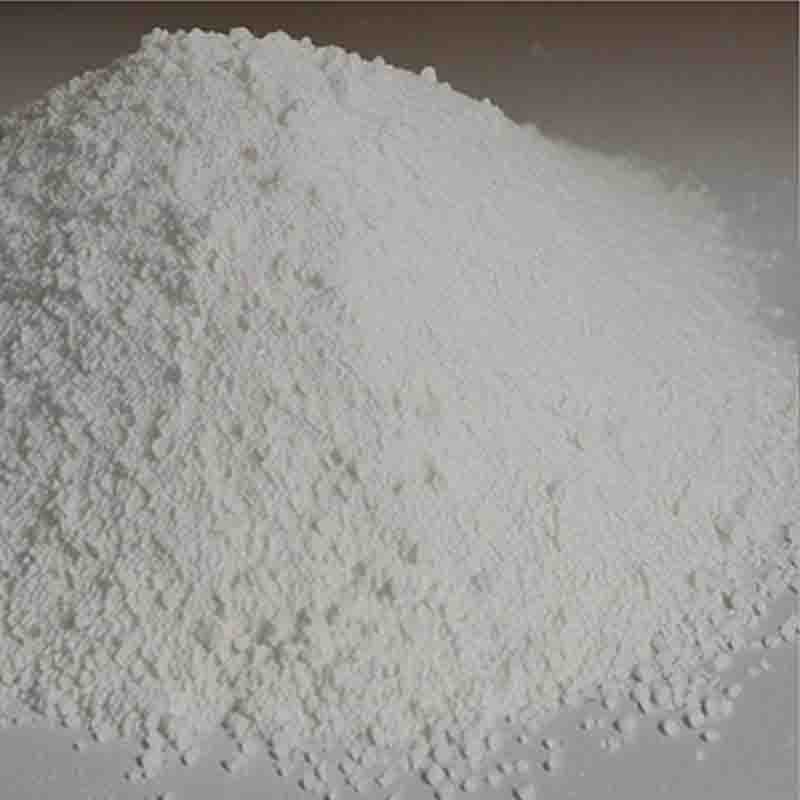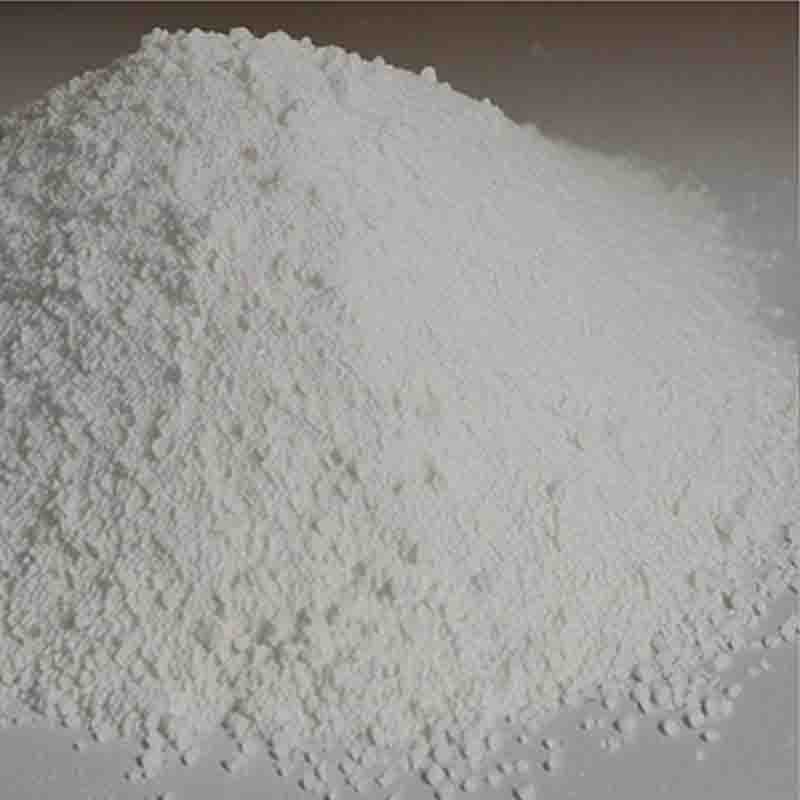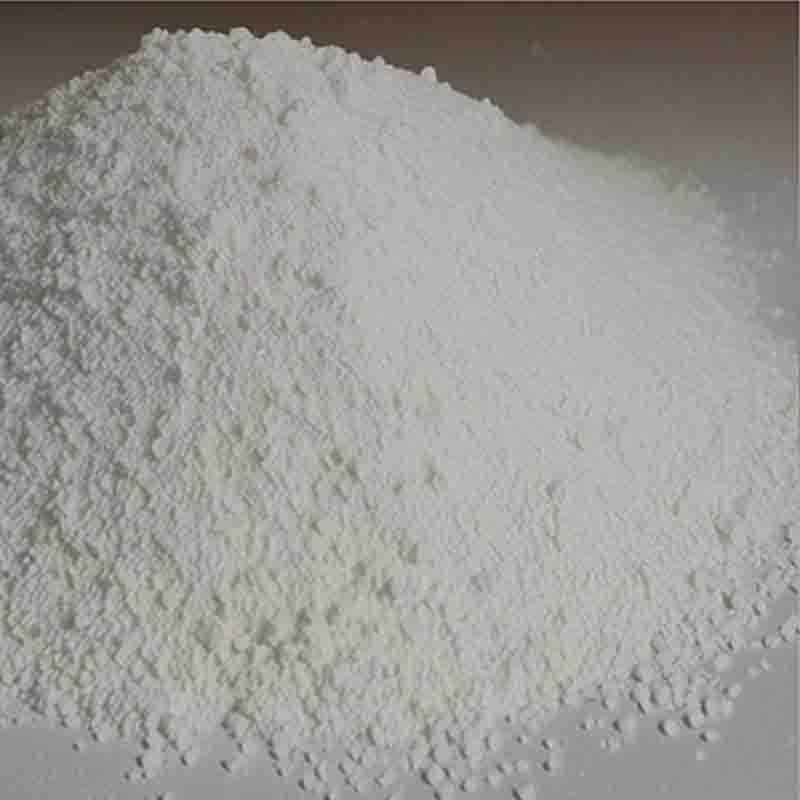N-oleoylethanolamine CAS:111-58-0
| Catalog Number | XD95378 |
| Product Name | N-oleoylethanolamine |
| CAS | 111-58-0 |
| Molecular Formula | C20H39NO2 |
| Molecular Weight | 325.53 |
| Storage Details | Ambient |
Product Specification
| Appearance | White powder |
| Assay | 99% min |
N-Oleoylethanolamine (OEA) is an endogenous lipid molecule that has gained attention for its potential effects on appetite regulation and weight management. In this 300-word essay, we will explore the known effects and properties of N-oleoylethanolamine.One significant effect of N-oleoylethanolamine is its role in appetite suppression and satiety. OEA has been found to interact with receptors in the gastrointestinal tract, such as the peroxisome proliferator-activated receptor-alpha (PPAR-α) and the transient receptor potential vanilloid type-1 (TRPV1) receptor. Activation of these receptors leads to the release of satiety signals, promoting a feeling of fullness and reducing food intake. As a result, OEA has been investigated as a potential treatment for obesity and overeating.Moreover, N-oleoylethanolamine exhibits potential effects on lipid metabolism and energy expenditure. Studies have shown that OEA increases the expression of key enzymes involved in fatty acid oxidation and energy expenditure, leading to enhanced fat burning and improved metabolic function. These findings suggest that OEA may have the ability to regulate body weight and promote metabolic health.Additionally, OEA has been shown to exert neuroprotective effects. It acts as an agonist for the nuclear receptor PPAR-α, which plays a crucial role in regulating inflammation and oxidative stress in the brain. OEA administration has demonstrated protective effects in animal models of neurodegenerative diseases, suggesting its potential use in the development of novel therapeutic strategies for conditions like Alzheimer's disease and Parkinson's disease.Furthermore, N-oleoylethanolamine has been found to have analgesic properties. Activation of the TRPV1 receptor by OEA leads to the release of endogenous opioids, resulting in pain relief. This analgesic effect of OEA has been observed in various pain models, making it a potential target for the development of new analgesic medications.In conclusion, N-oleoylethanolamine has significant effects on appetite regulation, body weight management, lipid metabolism, neuroprotection, and analgesia. These properties make it a promising candidate for the development of therapeutic interventions for obesity, metabolic disorders, neurodegenerative diseases, and chronic pain. While further studies are needed to fully understand its mechanisms of action and potential clinical applications, N-oleoylethanolamine shows great promise as a multifunctional molecule with therapeutic potential in several areas of medicine.









